

Neil Briscoe
5 Days Ago
A report commissioned by Cruise has found the company committed many failings after one of its taxis hit a pedestrian, but didn’t purposely mislead investigators.

Cruise has admitted to the mistakes it made following an incident that saw a pedestrian hit and dragged along a road by one of its driverless taxis.
An independent report commissioned by Cruise found the company mishandled its dealings with regulators and media alike after the incident, breaching the trust of regulators as a result.
On October 2, 2023 in San Francisco, a driver in an oncoming lane committed a hit and run after striking a pedestrian, who was then thrown into the path of a Cruise taxi and struck again.
The taxi mistakenly classified the impact with the pedestrian as a side-on collision and executed a pullover manoeuvre, rather than an emergency stop, dragging the pedestrian along the road. The pedestrian’s recovery is ongoing.
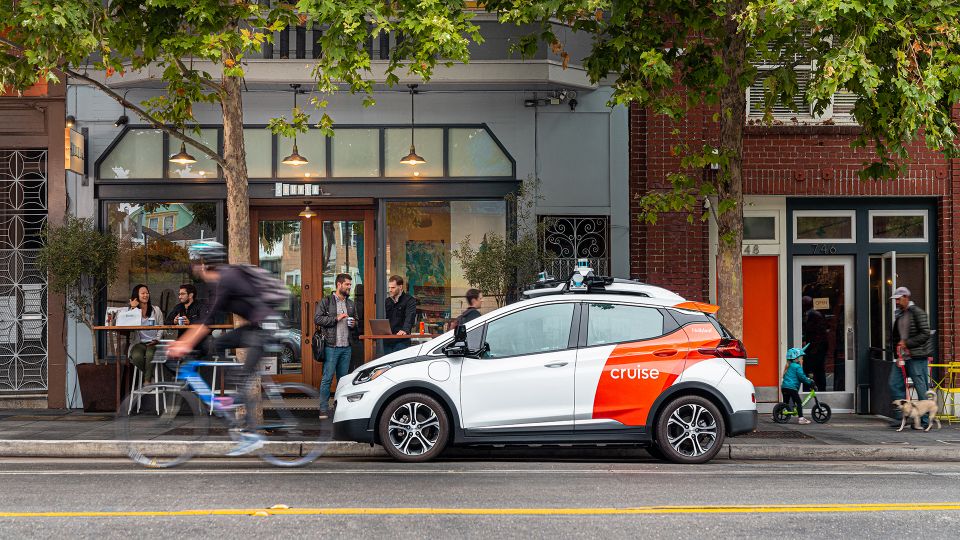
After a string of high-profile incidents including the one mentioned above, the California Department of Motor Vehicles (DMV) suspended Cruise’s operations in that state.
Cruise voluntarily paused its operations across the US after the incident, saying its actions fell “woefully short”.
The self-driving robotaxi company, partially owned by General Motors and Honda, has been a pioneer in the driverless technology segment since it became the first company to start commercial driverless operations in San Francisco back in June 2022 alongside Alphabet’s Waymo robotaxis.
One of the main concerns outlined in the Quinn Emanuel Urquhart & Sullivan report is how Cruise shared information in the inquiries with various regulators.
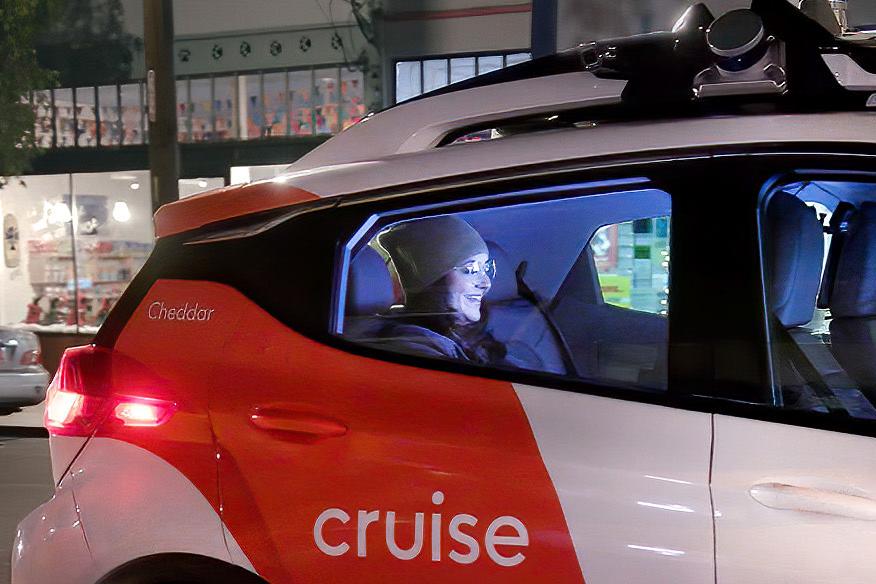
In a number of meetings, Cruise employees involved in the case knew that the taxi dragged the pedestrian before pulling over, and played a video of the accident to explain the incident. However, technical difficulties meant the video didn’t play properly.
Even as the video faltered, the company didn’t verbally explain details that were missed in the video, misleading regulators and government officials.
In addition, the report found that Cruise became too transfixed in rectifying errors in media reporting immediately after the incident. This “myopic focus” caused the company to omit other important information about the incident to the public and regulators.
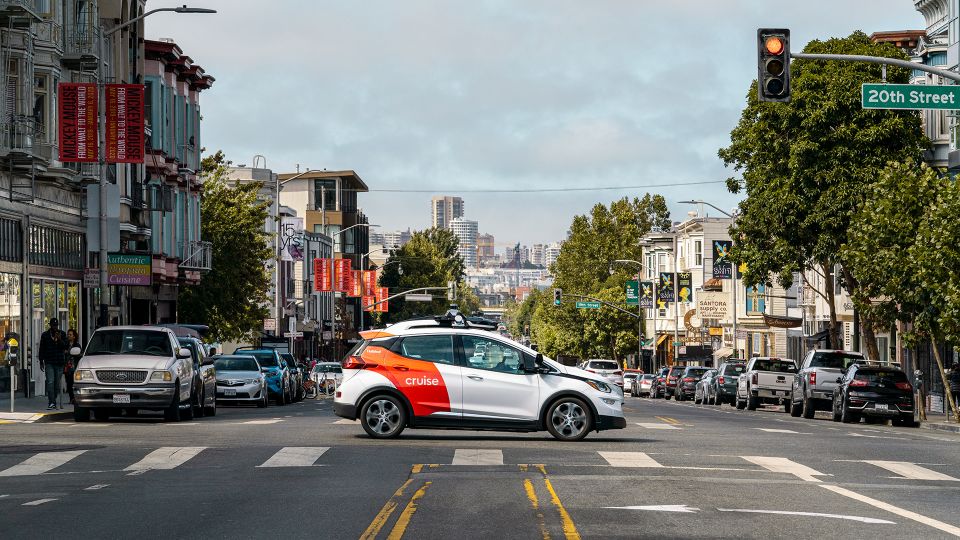
“The reasons for Cruise’s failings in this instance are numerous: poor leadership, mistakes in judgement, lack of coordination, an ‘us versus them’ mentality with regulators, and a fundamental misapprehension of Cruise’s obligations of accountability and transparency to the government and the public,” the report reads.
“Cruise must take decisive steps to address these issues in order to restore trust and credibility.”
The report states that despite these failings, Cruise leadership and employees didn’t purposely mislead investigators.
Cruise also commissioned an independent, third-party engineering consulting firm to conduct a technical root cause analysis of the incident.

The analysis revealed that up until the Cruise taxi wrongly conducted a pullover manoeuvre, it had correctly detected and tracked its surroundings.
Additionally, a mapping error caused the taxi to register that it wasn’t already in the outermost lane, when it was. This was not a leading cause of the incident, however.
Cruise claims it has updated vehicle software to rectify this issue.
In response to the findings of the report, Cruise has paused operations and heavily restructured its leadership teams as personnel departed the company post-accident. It has also created a new Chief Safety Officer role.
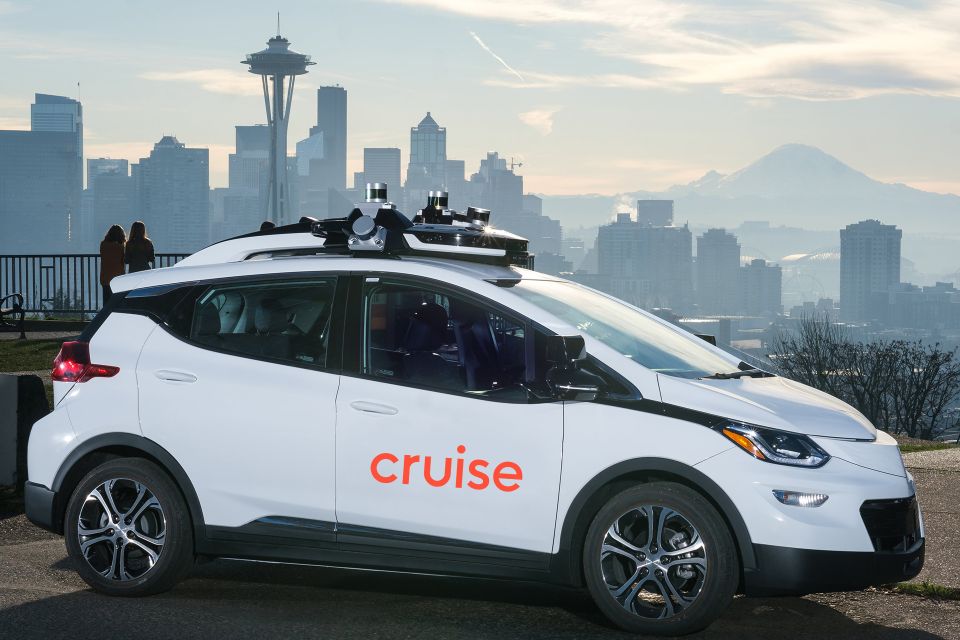
“Experienced leaders” from General Motors have since stepped in to lead elements of the taxi company. Additionally, Cruise is establishing “more robust and transparent processes for working with our regulators and engaging with the public”.
“We believe that, over time, autonomous vehicles can significantly reduce the number and severity of car collisions which result in more than 40,000 deaths on U.S. roads each year,” Cruise said in a statement.
“This is what motivates our work. We know our license to operate must be earned and is ultimately granted by regulators and the communities we serve. We are focused on advancing our technology and earning back public trust.”
Cruise has previously said it will see “substantially” less money spent on it as it narrows its focus upon restarting operations.
GM’s chief financial officer, Paul Jacobson, confirmed the company will spend “hundreds of millions of dollars” less on the division in 2024 than it did in 2023.


Neil Briscoe
5 Days Ago


William Stopford
8.5
4 Days Ago
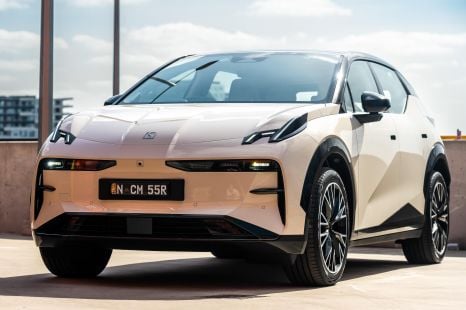

James Wong
7.9
3 Days Ago
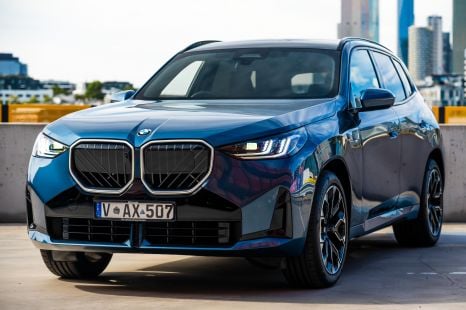

Jack Quick
8.4
2 Days Ago
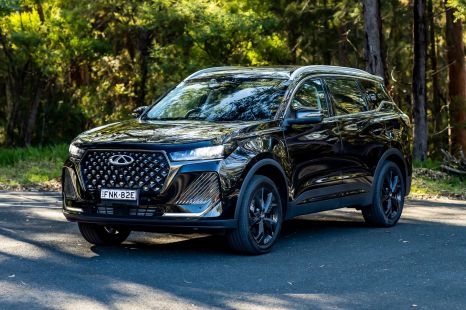

Matt Campbell
8.1
1 Day Ago
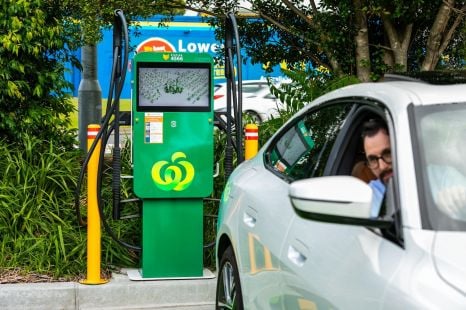

Damion Smy
18 Hours Ago